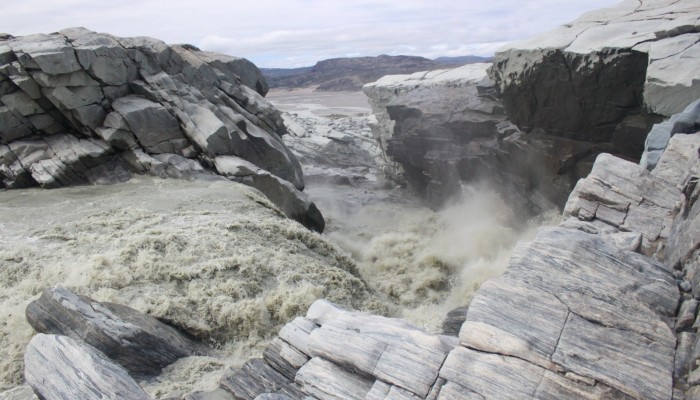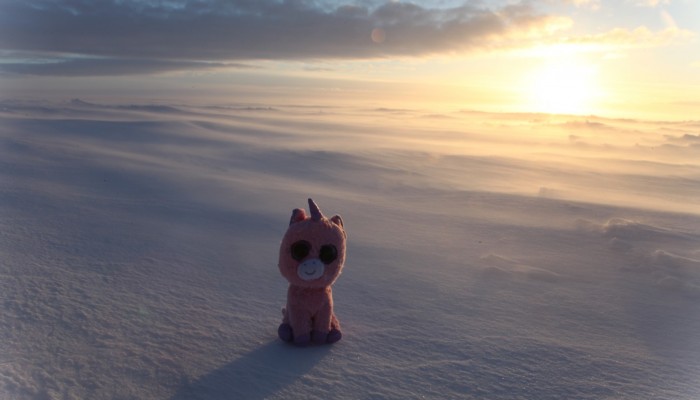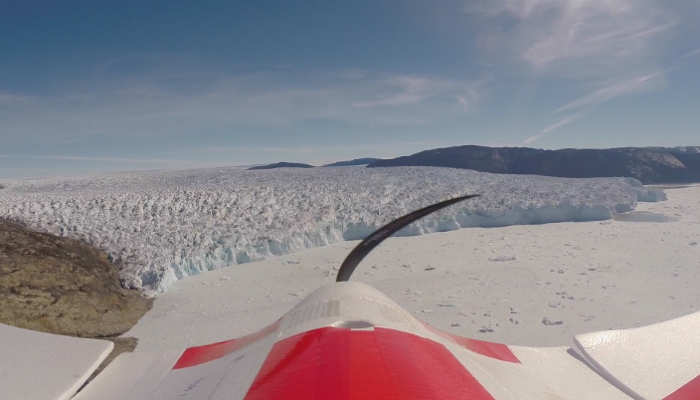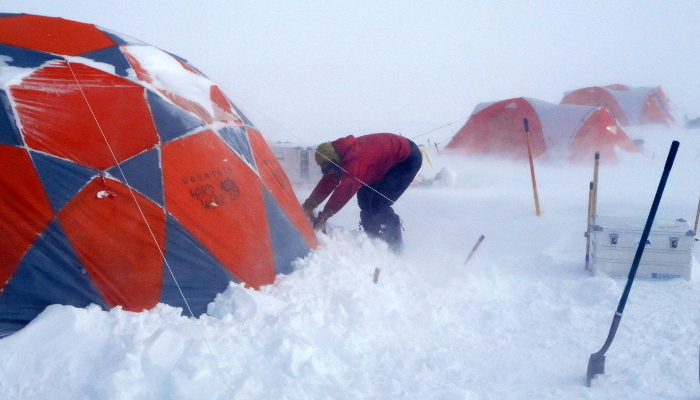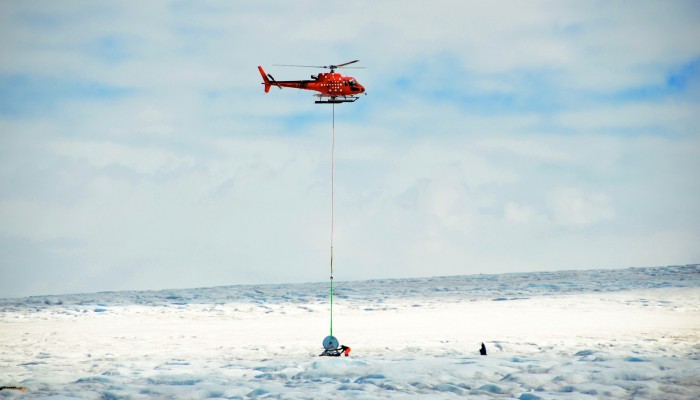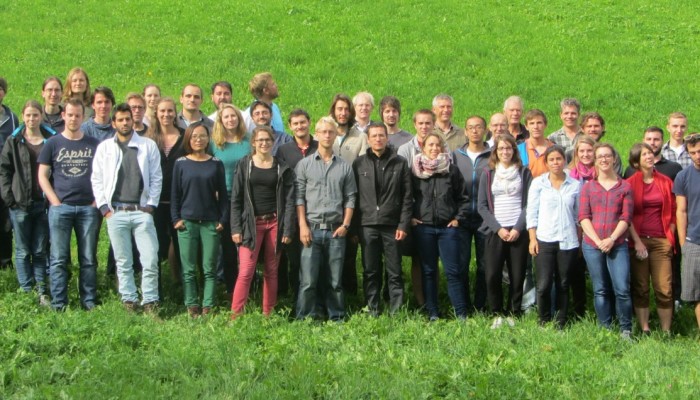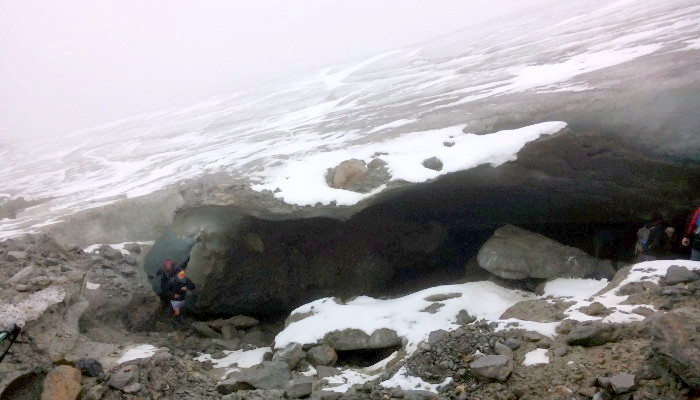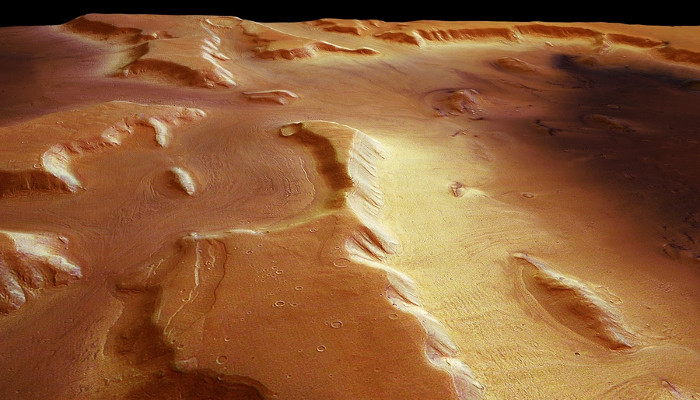Today’s Image of the Week shows meltwaters originating from Leverett Glacier pouring over a waterfall in southwest Greenland. We have previously reported on how meItwater is of interest to Glaciologist (e.g. here) but today we are going to delve into how and why Biologists also study these meltwaters and how the cryosphere interacts with biogeochemical cycles in our oceans. Where? Leverett G ...[Read More]
If you didn't find what you was looking for try searching again.
Cryospheric Sciences
Image of the Week — Last Glacial Maximum in Europe
During the last ice age*, ~70,000 to 20,000 years ago, the climate was much colder in Europe. As a result, the northern part of Europe was fully covered by the Fennoscandian (a.k.a the Scandinavian ) ice sheet, which extended up to the British Isles and some parts of Poland and Germany. In central Europe, the Alps were also almost fully glaciated. The storage of all this ice on the continent lower ...[Read More]
Cryospheric Sciences
Image of the Week — Happy New Year
December 2014, 11:50 p.m., the sun licks the horizon on Derwael ice rise; It’s time to go back to the tent … The shot was taken during the 2014 IceCon Field campaign in East Antarctica (read Brice’s blog post telllling about his first journey to Antarctica). Here, you can also read about the 2016 field season of the IceCon project, which started just a few days ago.
Cryospheric Sciences
Image of the Week: Greenland Glacier Seen from a Drone
The use of drones or Unmanned Aerial Vehicles (UAVs) is one of the most exciting development in glaciology in recent years. The picture was taken during fieldwork conducted in the summer of 2014 by Johnny Ryan and colleague Nick Toberg. The aim was to survey Store Glacier once a day using a fixed-wing UAV, that was equipped with a digital camera, which took photos every two seconds during its dang ...[Read More]
Cryospheric Sciences
Riding the Storm: The Arctic Circle Traverse 2015
In the morning on the 19th of May, we – the Arctic Circle Traverse 2015 – found ourselves in a great dilemma; to stay or to go? On our check-in conversation with the KISS crew, we were informed that an east front from Kulusuk was expected to hit our location up on the ice sheet sometime in the afternoon. The relatively low winds that we were experiencing would get stronger, and the visibility woul ...[Read More]
Cryospheric Sciences
Image of the Week : SAFIRE team getting ready to drill in Greenland
How do you get a hot water drill onto an ice sheet? The Subglacial Access and Fast Ice Research Experiment (SAFIRE) uses a hot water drill to directly access and observe the physical and geothermal properties where the ice meets rock or sediment at the glacier-bed interface. Here, SAFIRE principal investigator Bryn Hubbard and post-doc Sam Doyle help fly in the drill spool at the start of the Summ ...[Read More]
Cryospheric Sciences
Karthaus Summer School 2015
After a train, the London Underground, another train, a flight, three more trains and a taxi (shared with people I had met on my way); I had arrived in a small Alpine village in the very north of Italy. The reason for this rather convoluted journey? To attend the Karthaus Summer School on ice sheets and glaciers in the climate system. I’m pleased to say it was definitely worth the trip getting the ...[Read More]
Cryospheric Sciences
Image of the Week: Hochjochferner
The margin of the glacier “Hochjochferner” on the border between Austria and Italy. This glacier has been monitored with an Automatic Weather Station for several years by the Institute for Marine and Atmospheric research in Utrecth, NL.It is also the destination of the field trip that takes place during the annual Karthaus summer school in ice and climate. Here, students are exploring ...[Read More]
Cryospheric Sciences
Young Scientist Events at the EGU General Assembly
Are you going to the EGU General Assembly in Vienna next week? Check out these events for young scientists (YS). Short courses The idea behind the young scientist short courses is to give an insight into a certain area and/or the applications/uses/pitfalls in and around the topic. There are a lot of very interesting courses at this year’s meeting. I would like to highlight two short courses in par ...[Read More]
Cryospheric Sciences
Glaciers on Mars
“I did not know that there is water on Mars!” This a sentence I hear surprisingly often when I talk about glaciers on Mars. In fact, it has been known for some time that water exists in the form of ice and water vapour on the planet. For example, water ice layers several kilometres thick cover the Martian poles, and the ground close to the Polar Regions has permafrost patterns very similar to what ...[Read More]

